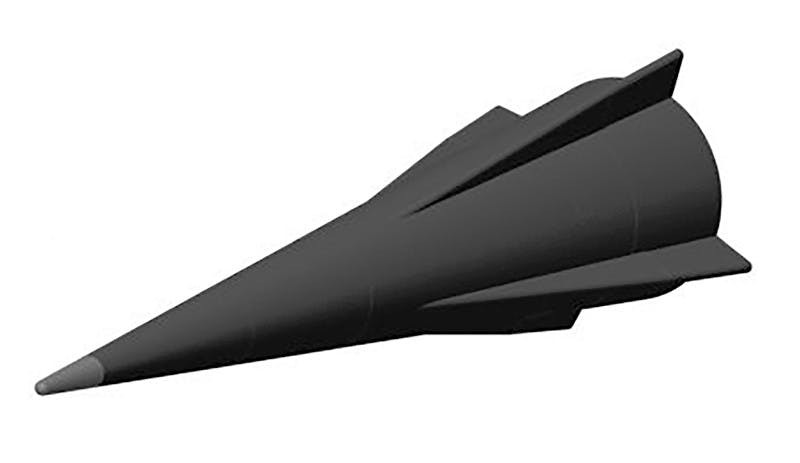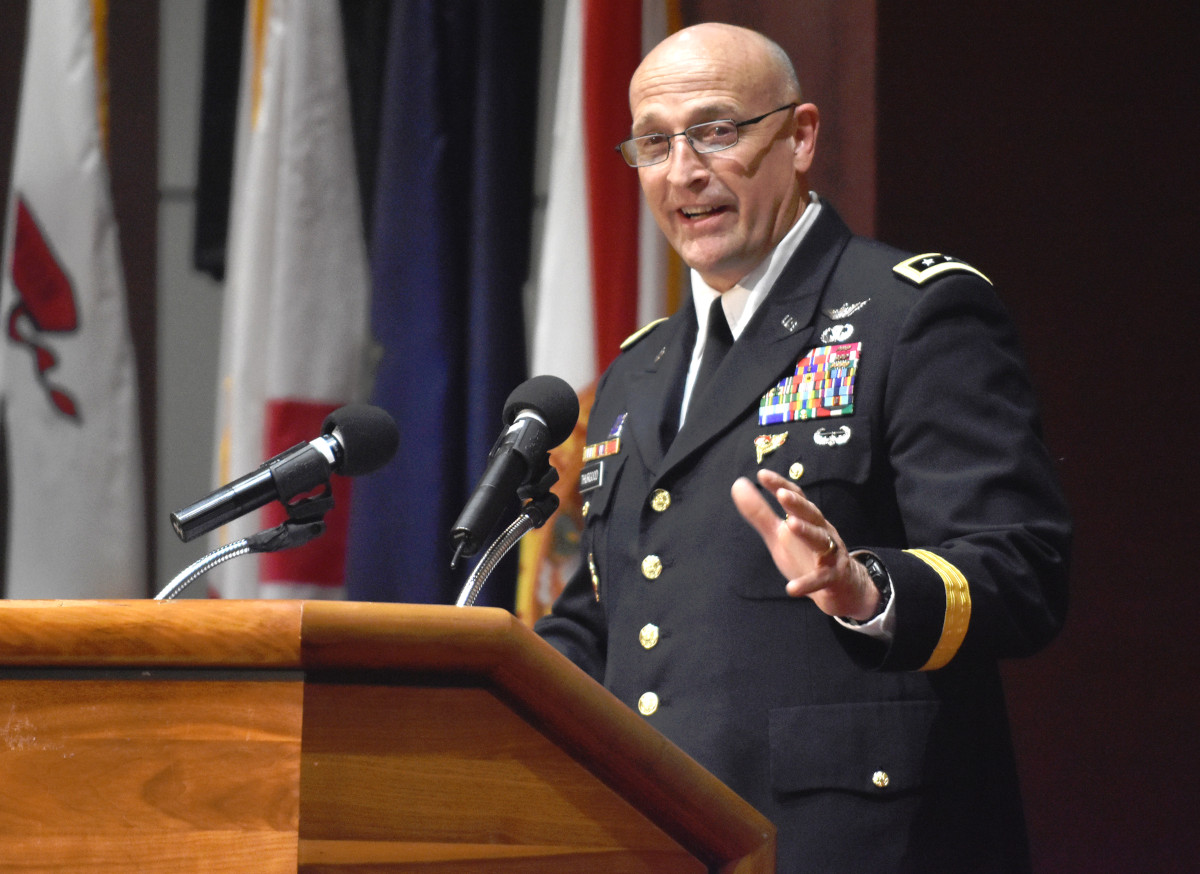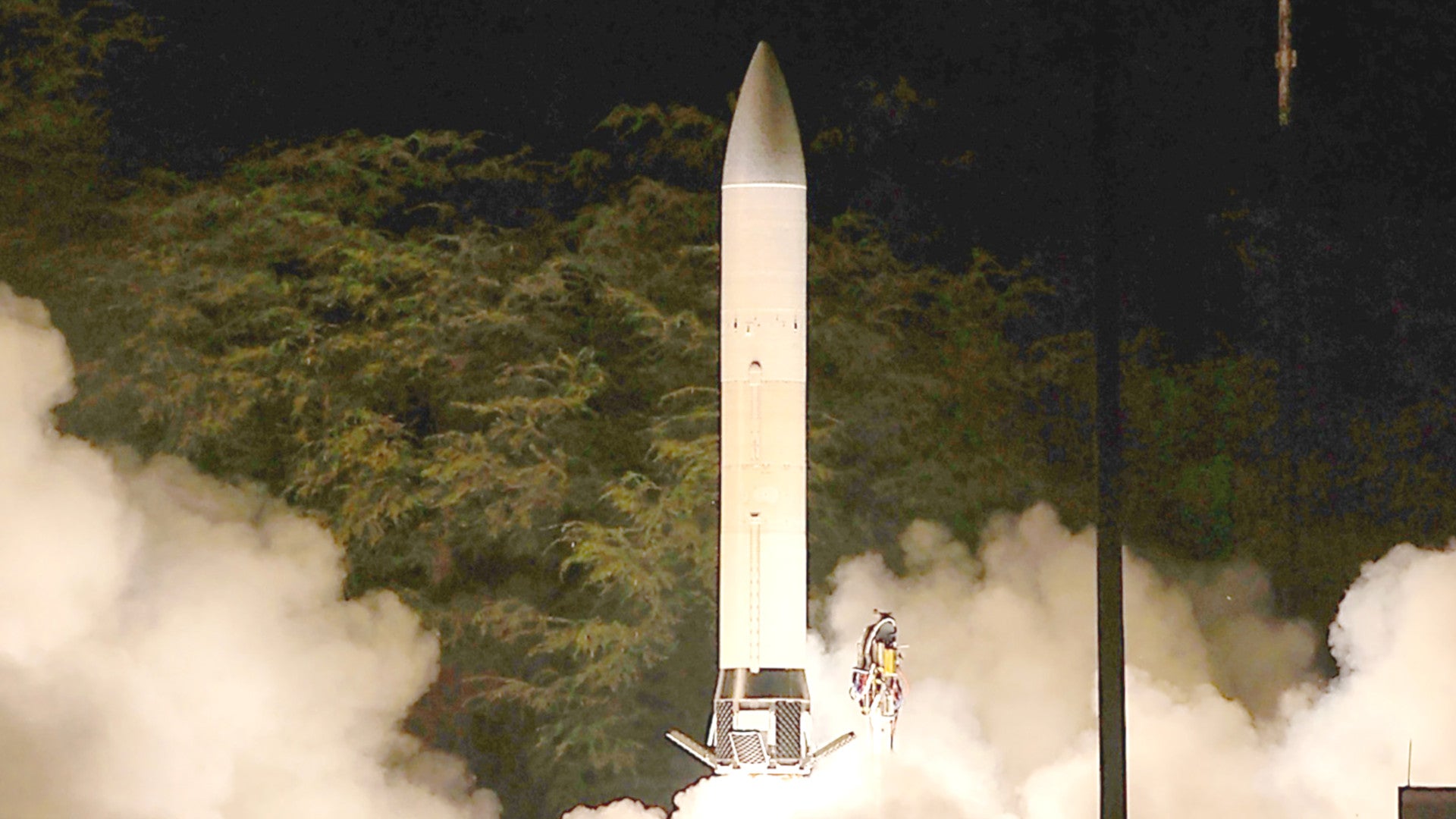The U.S. Army has laid out its plans for establishing its first ever unit armed with hypersonic boost-glide vehicles, as well as the transporter erector launchers, or TELs, that will carry the weapons. The service describes this unique artillery battery as primarily as an experimental organization that will help with the development of new concepts of operation around the employment of hypersonic weapons, but insists that it will also have a “residual” operational capability.
U.S. Army Lieutenant General Neil Thurgood, head of the service’s recently rebranded Rapid Capabilities and Critical Technologies Office (RCCTO), announced the details of the new unit, which does not yet have a designation, at the Association of the U.S. Army’s LANPAC conference in Hawaii in May 2019. Formerly known as the Army Rapid Capabilities Office, RCCTO is overseeing the service’s contributions to the development of a common hypersonic boost-glide vehicle that will also eventually enter service as a submarine- and air-launched weapon with the U.S. Navy and U.S. Air Force, respectively.
The core of the Army’s ground-based hypersonic weapon battery will be four TELs, each installed on a modified M870 40-ton trailer. At present, the Army uses its standard M870s, which are about 30 feet long, to carry heavy loads, including armored vehicles and construction equipment. M983A4 tractors, members of the Heavy Expanded Mobility Tactical Truck (HEMTT) family, which also tow Patriot surface-to-air missile launchers, will pull the TELs, giving the unit road-mobile and limited off-road capabilities.

Each TEL will have two canisterized hypersonic weapons at the ready and the unit will have an unspecified number of additional missiles on hand. The weapon design, which you can read about in more detail here, is unpowered boost-glide type that uses a rocket booster to get it up to the appropriate speed and altitude.
The exact capabilities of the conical boost-glide vehicle are classified, but it is derived from work that Sandia National Laboratories did on what was called the Sandia Winged Energetic Reentry Vehicle Experiment (SWERVE) during the late 1970s and early 1980s. This, in turn, informed an early U.S. Army program called the Advanced Hypersonic Weapon (AHW).
The Army’s requirements for the AHW were a sustained speed of at least Mach 8 and the ability to travel approximately 3,700 miles in 35 minutes. If the new design has similar capabilities, it would give the battery an unprecedented ability to launch short- or no-notice strikes against time-sensitive and other critical targets. What makes hypersonic weapons, including unpowered boost-glide vehicles, especially threatening is their ability to maneuver inside the atmosphere and fly more unpredictable routes to their targets, compared to existing longer-range weapons, such as ballistic missiles.
This makes it hard for opponents to spot them in enough time to relocate or otherwise take up a defensive posture. The idea of trying to intercept a hypersonic missile is especially complicated and makes them ideal weapons for striking heavily defended targets. The War Zone has previously examined the game-changing capabilities hypersonic weapons offer in greater depth here.

The hypersonic weapon battery will also have a truck-mounted Advanced Field Artillery Tactical Data System (AFATDS) that will be responsible for processing mission requests and otherwise providing command and control functions. AFATDS has been in service since the 1990s as a centralized fire control network for both Army and Marine Corps artillery units.
It has received a number of significant upgrades over the years to improve its overall capabilities and add in improved and increasingly automated functionality. This includes the ability to better match fire support requests to the most appropriate weapon systems.

The Army’s plan is to begin standing up the new unit around 2021 and deliver the first TEL to the battery’s soldiers that year. The troops won’t have any live rounds at that time, though, and will be focused on more general training to learn how to operate the complete weapon system.
Even without the ability to conduct live fire exercises, the battery will still be able to perform a host of tasks representative of how the unit might function in an actual operational scenario. It will also be able to identify and evaluate various operational requirements that might be unique to the unit, such its air transportability requirements, which could include figuring out how many aircraft and of what type are necessary to airlift the battery. This could be an extremely significant factor in how hypersonic weapon elements are deployed and employed.
“The reason we’re going to do that is because we need them to start training,” Lieutenant General Thurgood said at the LANPAC conference. “So when we get to the first (live round) shot a year later, they’ll actually know what it looks like.”

In 2022, the service wants the battery to conduct the first test launch of a hypersonic weapon from the TEL. Additional ground-based test firings will then occur every six months until the battery reaches its initial operational capability in 2023.
“That is what we’re fielding,” Thurgood added. “That is the outcome of an experimental prototype unit with residual combat capability.”
What will happen to the battery after that is unclear. Thurgood said that it could join the service’s larger Multi-Domain Task Force. This unit has been experimenting with other new weapons and other systems, as well as concepts of operation to go along with them, with a particular eye toward exploring options to counter Chinese and Russian area denial and anti-access capabilities.
During the biennial Rim of the Pacific (RIMPAC) exercise last year, this task force employed a mix of ground-based artillery rockets and anti-ship missiles, along with AH-64 Apache gunship helicopters and MQ-1C Gray Eagle drones, to sink a decommissioned landing ship. Other U.S. military services and foreign allies also took part in this sinking exercise, giving the Army unit an opportunity to explore how it might fight in larger scale conflict as part of a broader coalition.

It’s also not clear what the Army’s timeline for standing up additional hypersonic weapon batteries might be or how they will be assigned throughout the Army. Thurgood mentioned the possibility of a centralized Strategic Fires Battalion that could include the hypersonic battery, as well as other ground-based longer-range strike systems. With the collapse of the Intermediate-Range Nuclear Forces Treaty, or INF, with Russia, the U.S. military is planning to test a ground-launched cruise missile and an intermediate-range ballistic missile as early as this year.
Whatever the exact schedule turns out to be for the fielding of additional ground-based hypersonic weapons capabilities, Thurgood is adamant that the Army wants to get the hypersonic capability “out of the lab” and into the hands of troops in the field as quickly as possible. “We’ve been in a full-out sprint since then and I personally just love it,” he said. “We need to get this equipment in the hands of soldiers quickly to learn and then give the Army a decision point,” the lieutenant general continued.
The U.S. military has a significant incentive to begin fielding hypersonic weapons as quickly as possible given developments among its potential opponents, especially Russia and China. The Kremlin claims that it is well on its way to fielding its own hypersonic boost-glide vehicle and says that it has already has fielded an air-launched hypersonic missile. China looks to be close behind in similar developments.
The answers to the question of how exactly the Army expects establish its own ground-based hypersonic missile capability and integrate it within its existing force structure will become clearer in the coming years as the Army’s first-ever hypersonic weapon battery begins to take shape.
Contact the author: jtrevithickpr@gmail.com
